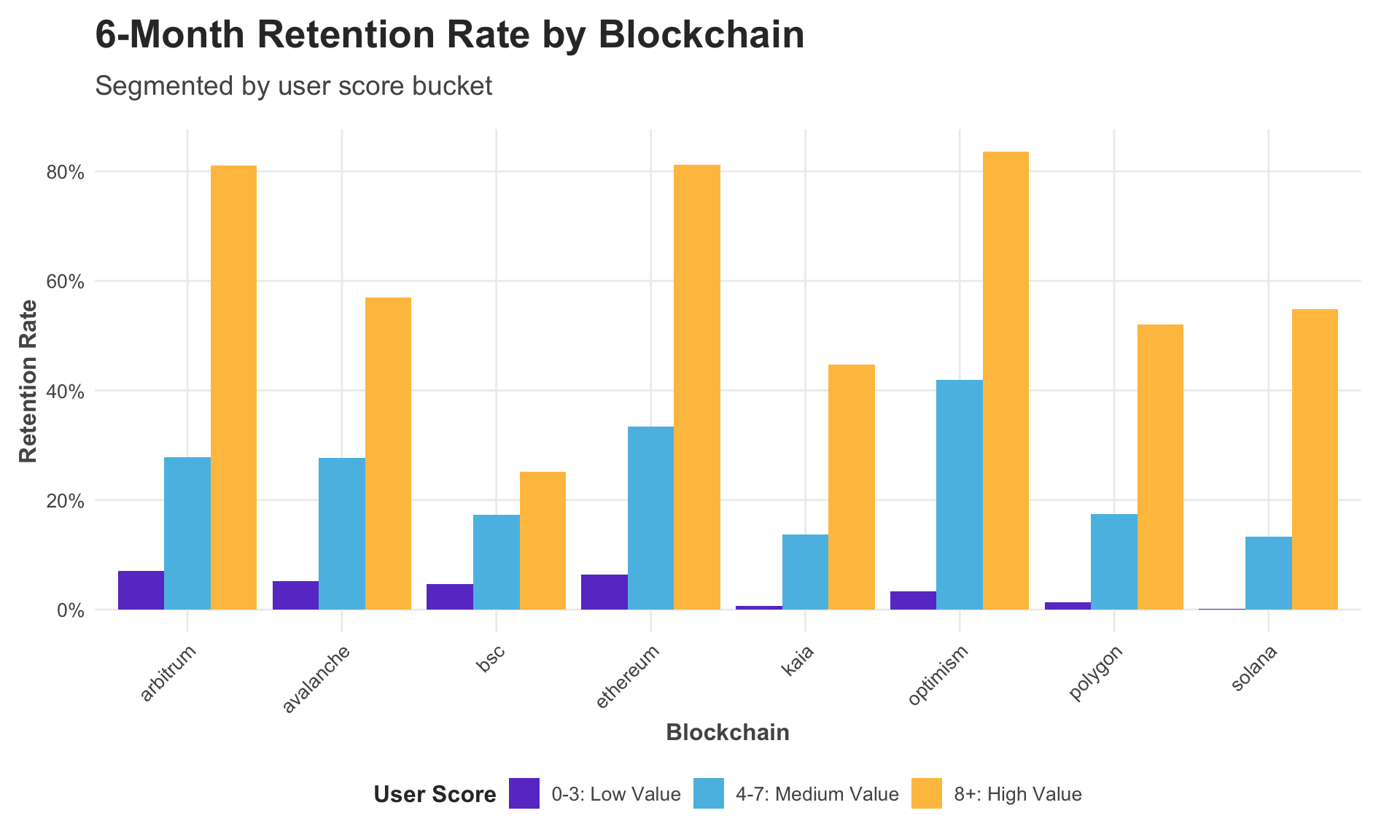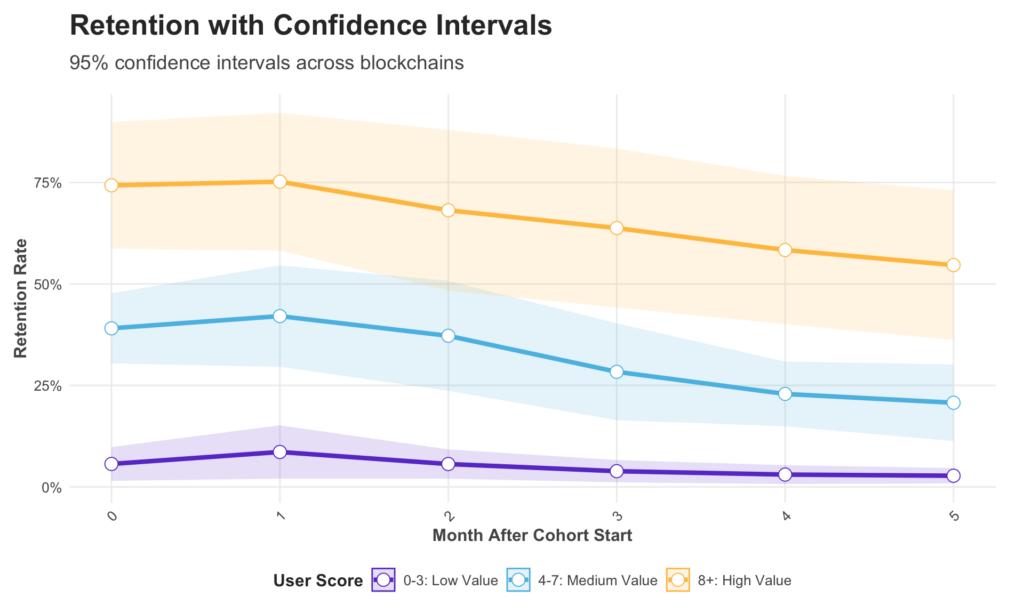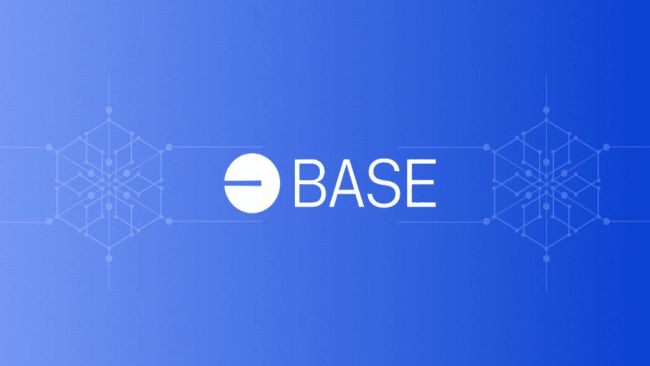Blockchain networks are bleeding casual users, with four out of five low-engagement accounts going inactive within three months, a Flipside study reveals.
A recent study reveals a hard truth about blockchain ecosystems: most users lose interest quickly. Data from Flipside, which analyzed user behavior across networks such as Solana, Ethereum, Arbitrum, and Avalanche, shows that user retention is extremely low. The majority of users disappear within months unless they were already highly active from the start.
Flipside took a hard look at how wallets behave over time. They sorted users into three categories: low-value (scores 0-3), medium-value (4-7), and high-value (8+), based on how much activity they’d had on-chain before. Then, they checked each group every month for half a year, tracking how many were still active.
The retention cliff
The data shows a clear pattern: the first month is brutal. Low-value users — wallets with little or no previous activity — dropped off almost immediately. Per the report, consistently show the “lowest retention, falling below 5% after 6 months.” In plain terms: 95 out of every 100 of these wallets are gone in half a year.

The 6-month retention rates across blockchains, segmented by score bucket | Source: Flipside
Medium-value users — regular but not power users — fare better but still drop sharply early on before stabilizingm while high-value users decline slowly, losing just 5-8% of their numbers each month.
Some blockchains hold onto users better than others. For instance, Ethereum and Avalanche have the strongest retention for high-value addresses, keeping 35-38% active after six months. Solana, despite its size, lags behind, though details behind this gap remain unclear. Newer chains tend to have the steepest drop-offs, suggesting that early growth numbers might be misleading.
The metric trap
The report points out a common problem in crypto: chains chase big user numbers, but most of those “users” don’t last. Many are just passing through: airdrop hunters, speculators, or bots. The data makes it clear, real, sustained activity comes from a small fraction of addresses.
“If we zoom in on the retention charts, you can see it extremely clearly: only a handful of addresses are contributing any sustained activity or liquidity volume across the major chains studied.”
Flipside
You might also like: ‘AI will accelerate blockchain adoption:’ Interview with Pantera Capital’s Cosmo Jiang
This creates a dilemma: as blockchains want to show rapid adoption, they focus on inflating user counts. But if most of those users disappear, the growth isn’t real. The report argues that protocols would be better off targeting high-quality users from the start, even if that means slower headline growth.

Retention curves across all analyzed blockchains | Source: Flipside
Flipside’s research recommends that blockchain networks shift their focus away from low-value users. Incentives for one-time actions may boost short-term metrics, but they fail to build long-term engagement.
“It’s a hard pill to swallow, but the protocols that embrace this reality will outperform those that waste their incentives on addresses that won’t adopt them. The data clearly indicates that focusing on quality user acquisition and retention — rather than inflating address counts — represents the most sustainable path to ecosystem growth.”
Flipside
The report suggests that blockchain developers may want to consider putting more thought into designing tokenomics and reward systems that encourage longer-term participation. While short-term incentives can help drive initial activity, they often don’t lead to meaningful engagement over time.
According to the data, it seems more effective to create mechanisms that reward consistent involvement, which could help build a more stable and active user base. Prioritizing sustained interaction, rather than one-off actions, might offer a better path toward long-term growth.
Read more: How to build a 1B TPS blockchain without decentralization, security, or shame | Opinion














Leave a Reply